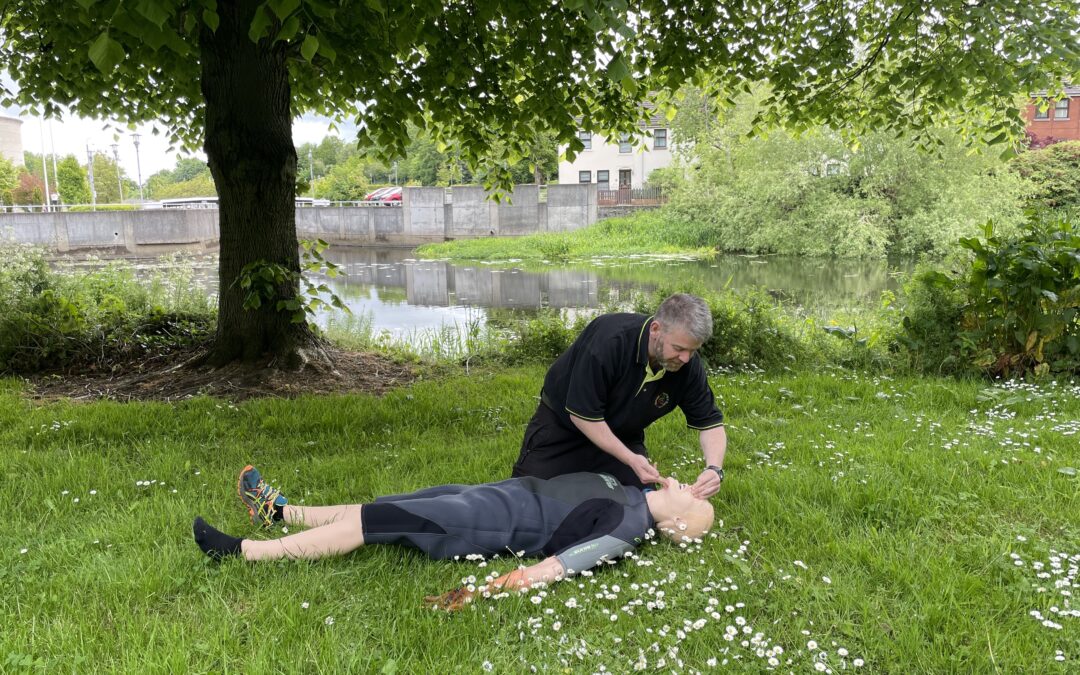On the surface the CPR process is easy to understand, however drowning & CPR is slightly different to begin with. This is mainly to do with respiratory system, because of respiratory arrest prior to the cardiac arrest starting.
The Respiratory System
The function of the respiratory system is relatively straight forward, it involves inspiration & expiration. On inspiration the body will breath in around 21% oxygen & 79% Nitrogen. Oxygen is a pressurised gas which rests in the bottom of the lung tissue, it is drawn into the blood and passed around the body. On expiration the body rids itself of unwanted oxygen, nitrogen and carbon dioxide. An adult will usually have a pause in the cycle, air still remains in the lungs called tidal volume.
This air has high levels of oxygen still inside it, the capillaries will continue to absorb the oxygen. During drowning the tidal volume prevents the water getting into the lung tissue due to pressurisation. When dealing with drowning victims CPR has a different approach. Initially we deliver 5 rescue breaths to reverse engineer the process. The cycle of 30 compressions and 2 breaths commences. Follow up treatment at hospital should be also part of their recovery. Secondary or dry drowning can offer further complications. In this event the lungs produce increased plasma levels from the irritated tissue. The inflammation causes irritation to the cell walls which results in excess fluid levels.
Another consideration in drowning victims is hypothermia, the average body temperature is around 37 degrees. Hypothermia is a life threatening condition, it is where body temperatures drop below 35 degrees. This is an emergency situation which needs to be treated urgently. Signs and symptoms of hypothermia include shivering with slurred speech, tiredness and confusion. To deal with this it is imperative to keep the patient warm, to achieve this remove wet clothing, reduce exposure and heat gently.
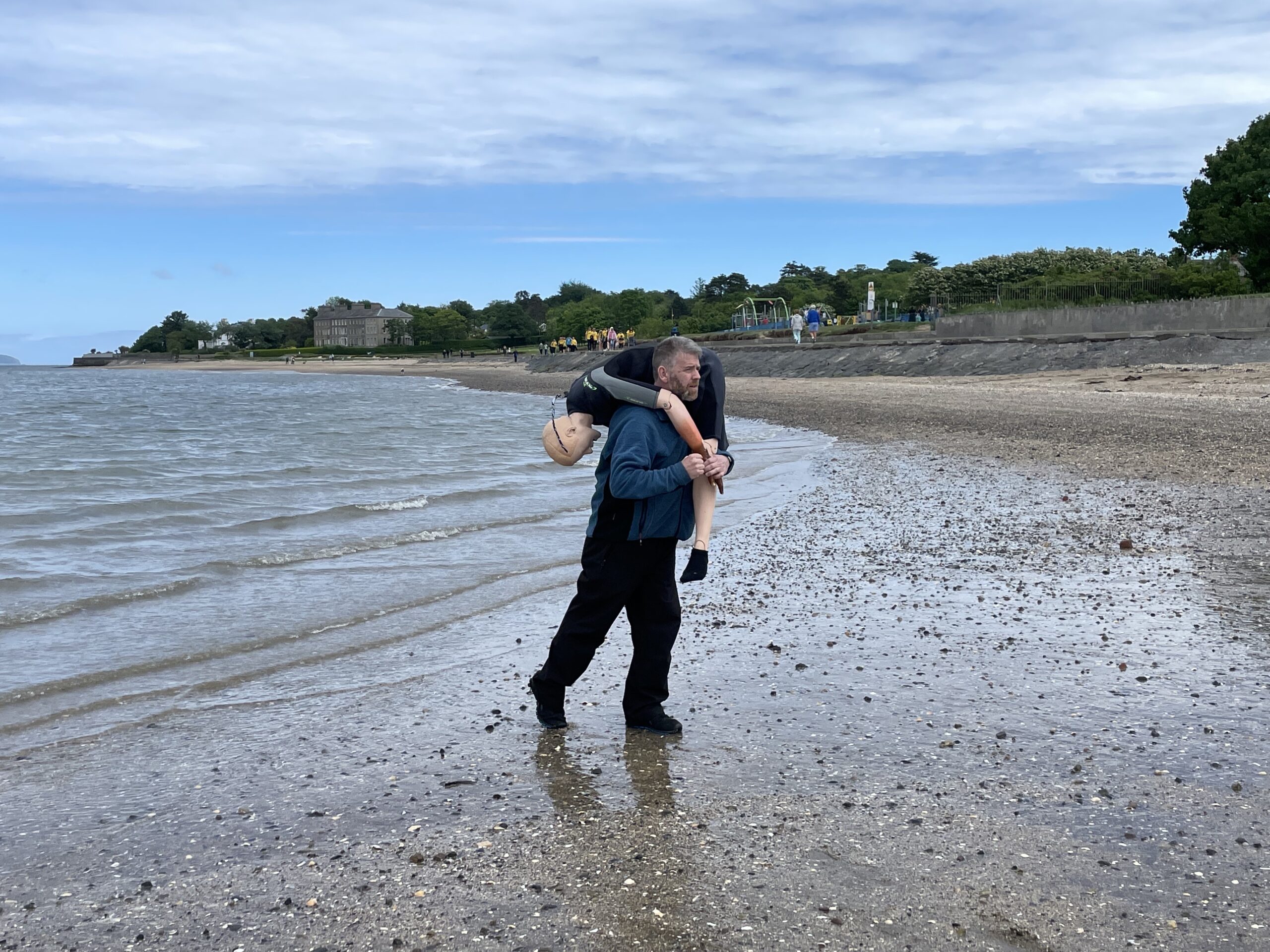
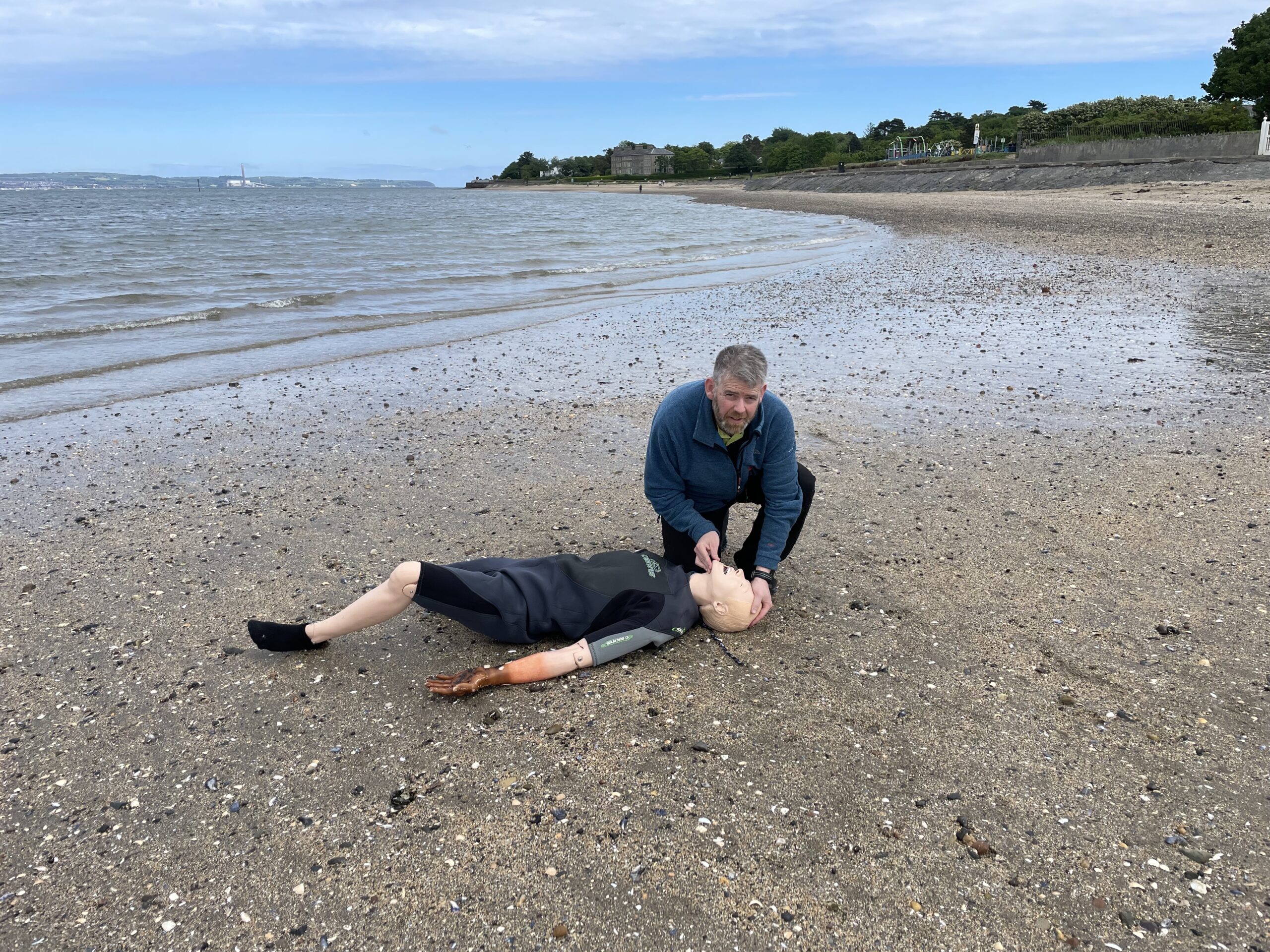
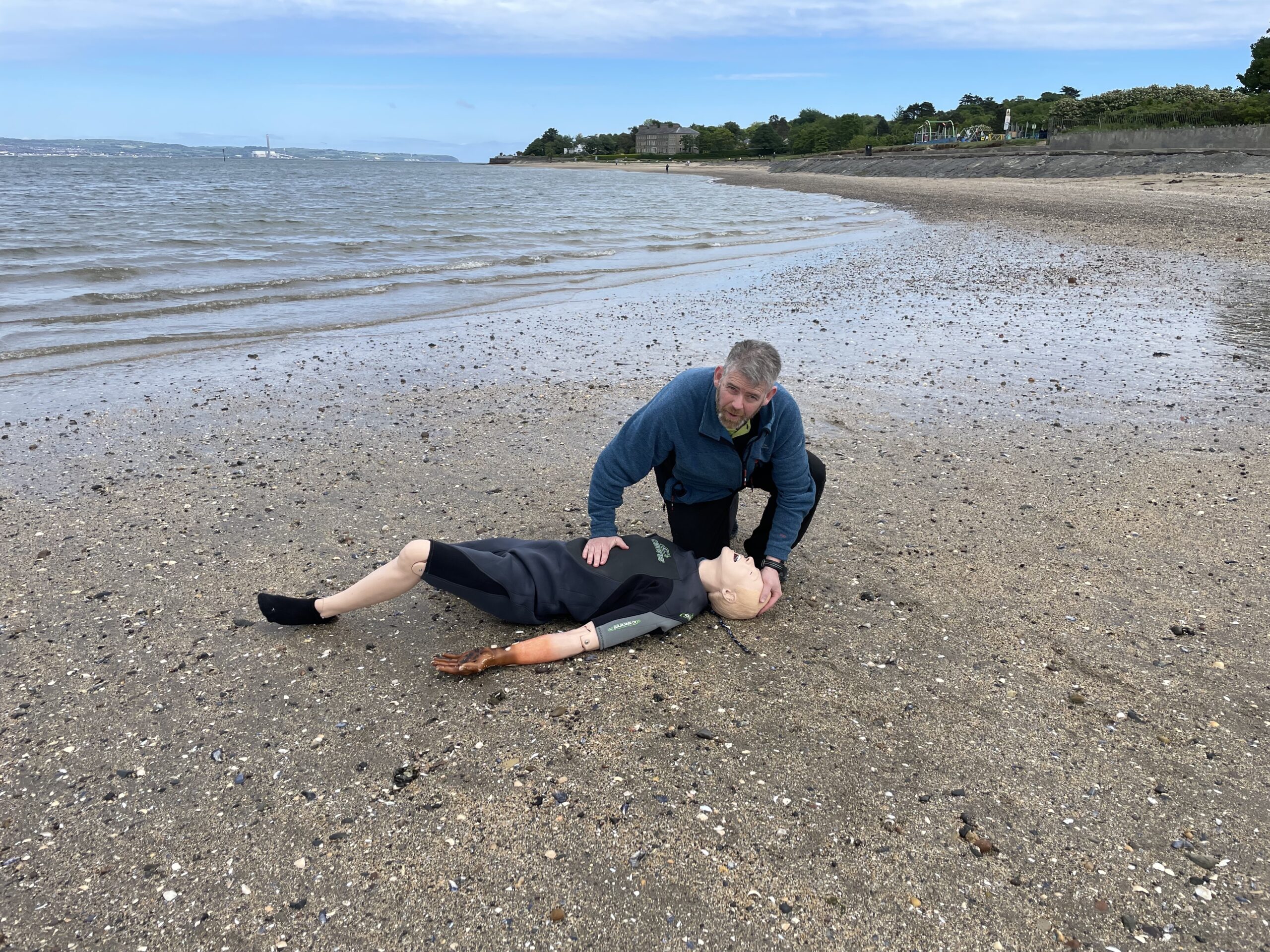
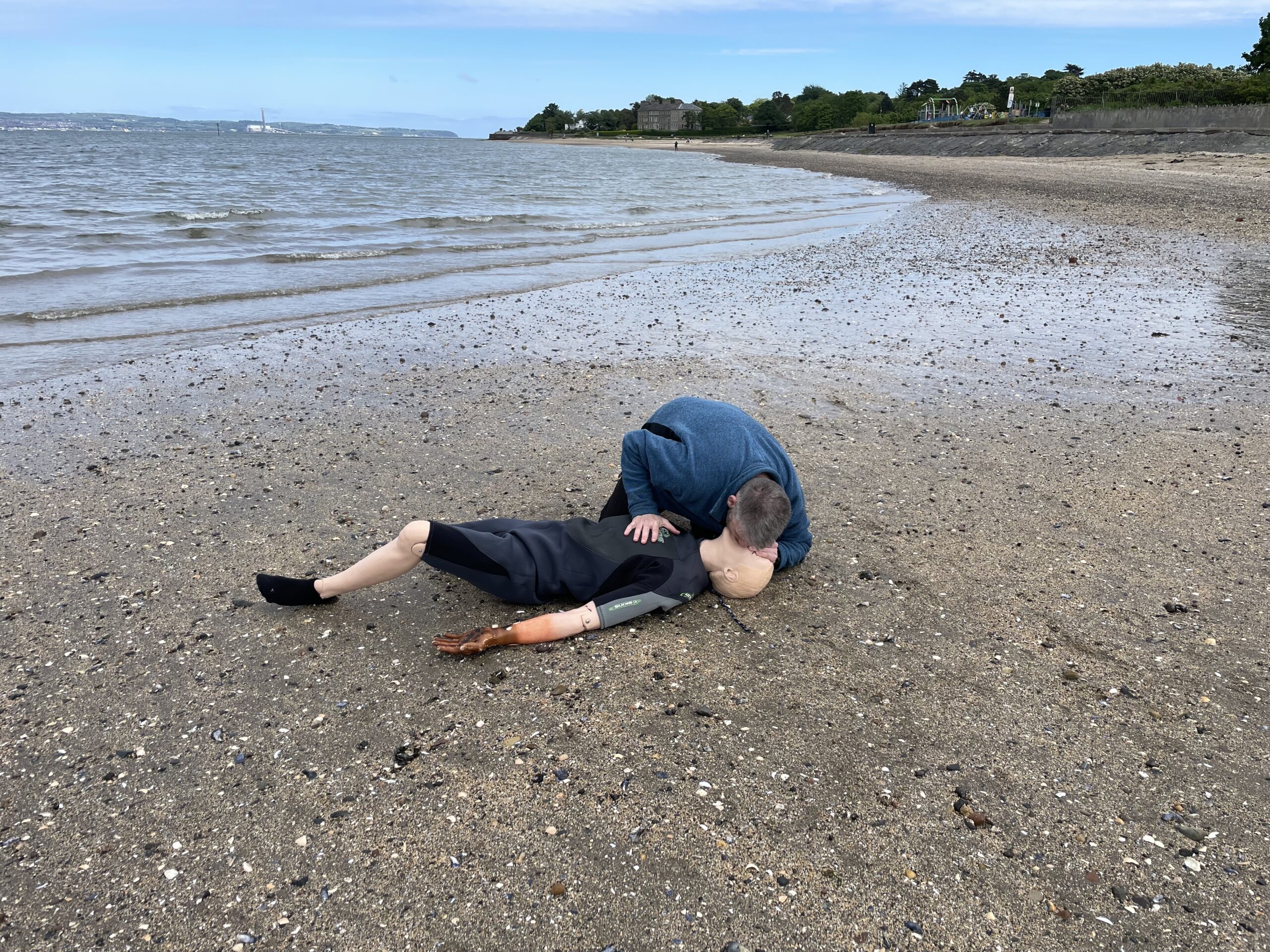
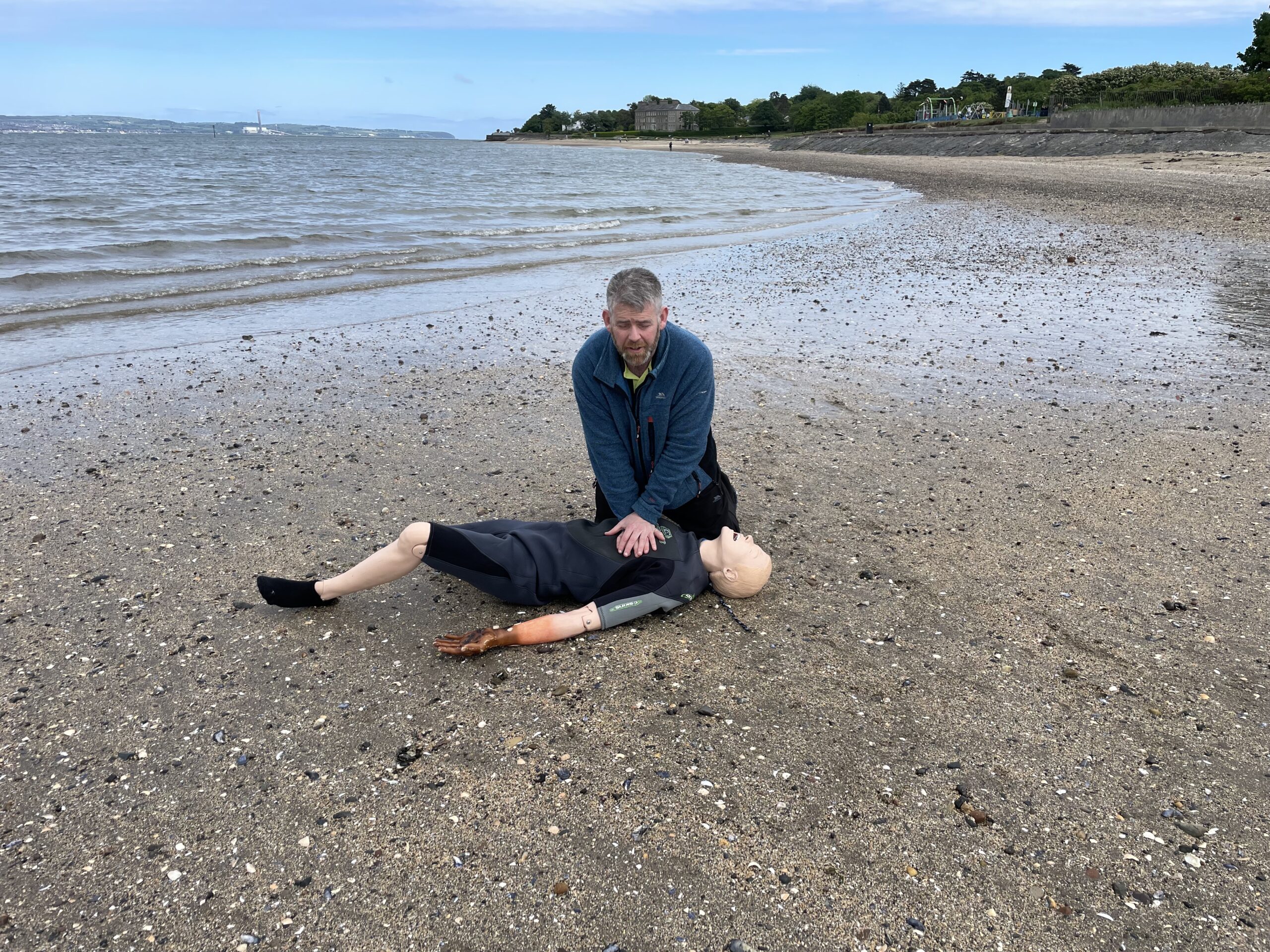
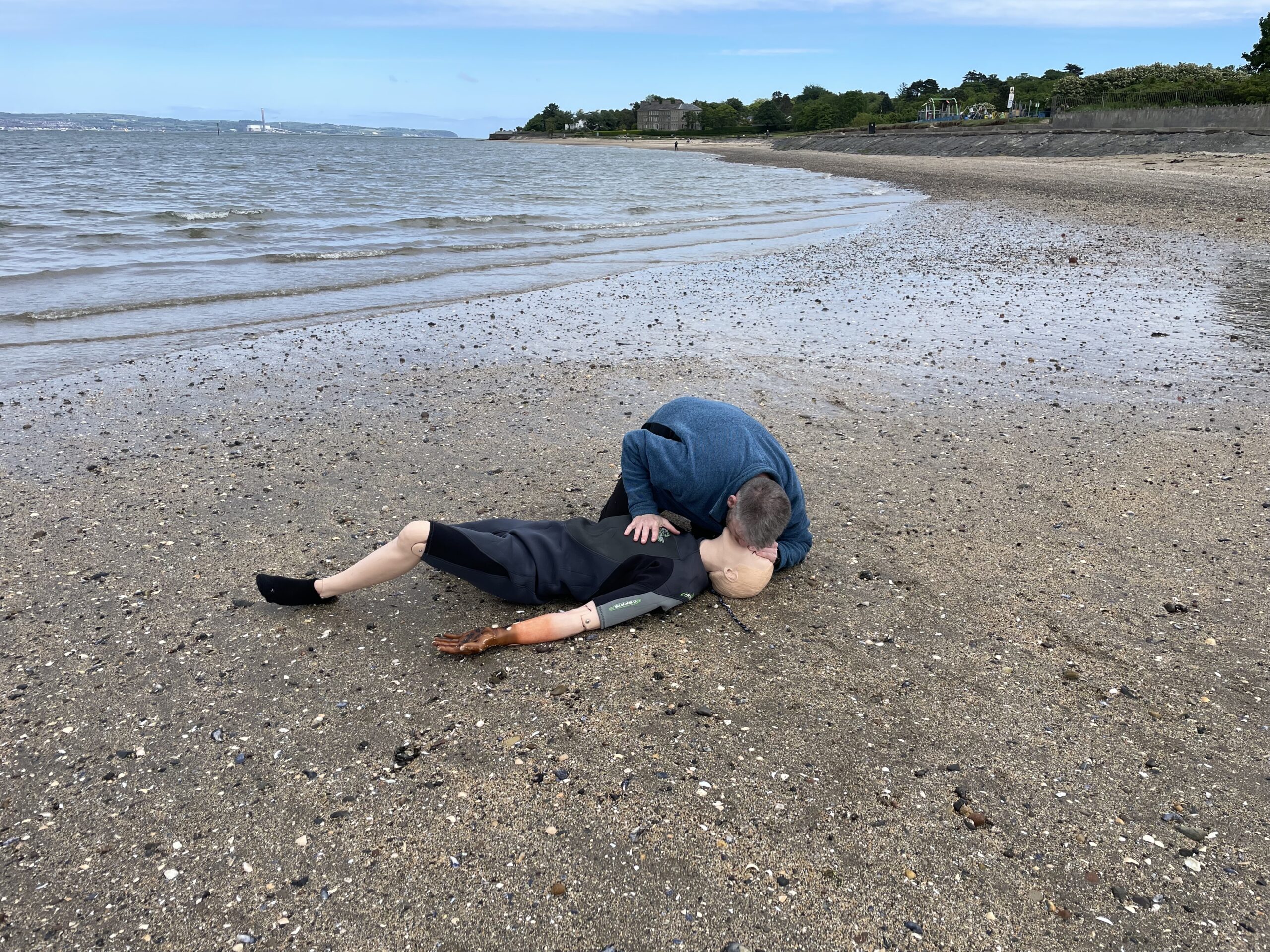
You can’t change what happens, you just change what you do about it
Danny McCann – McCann Training Solutions
